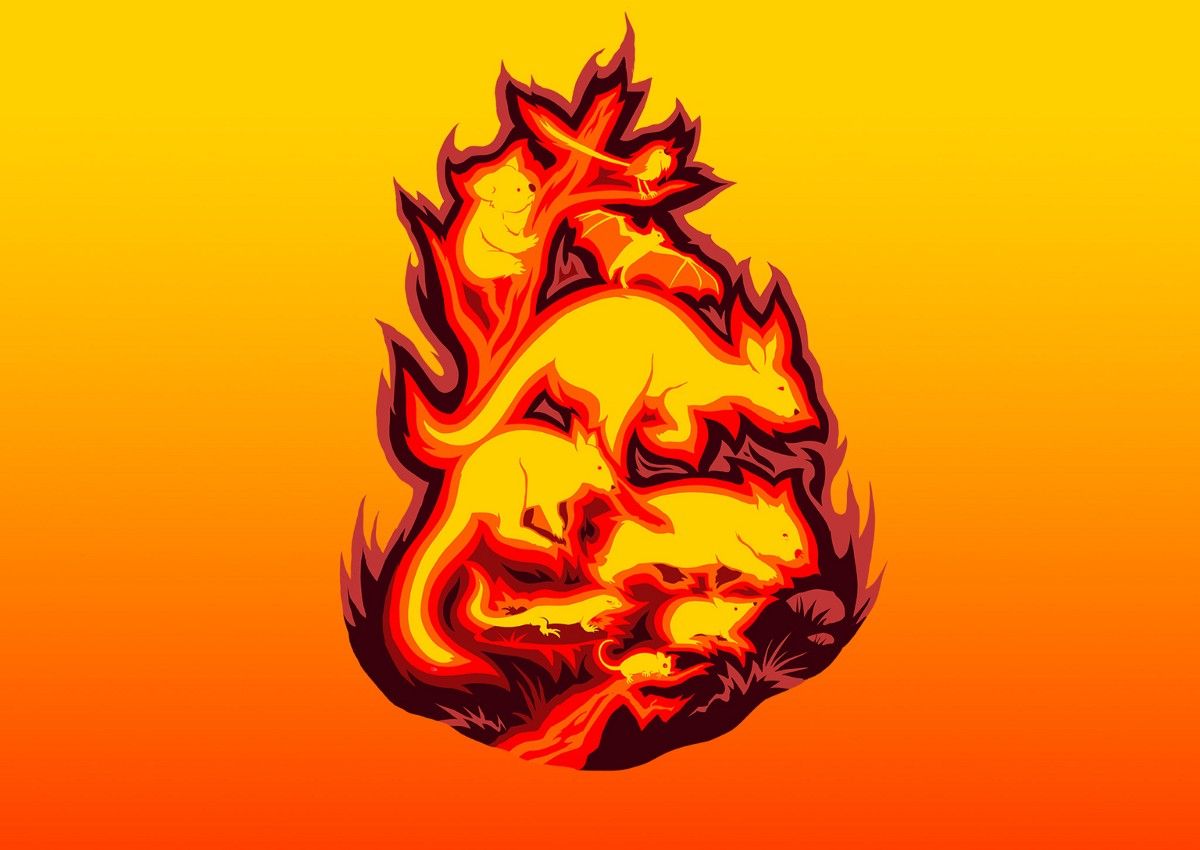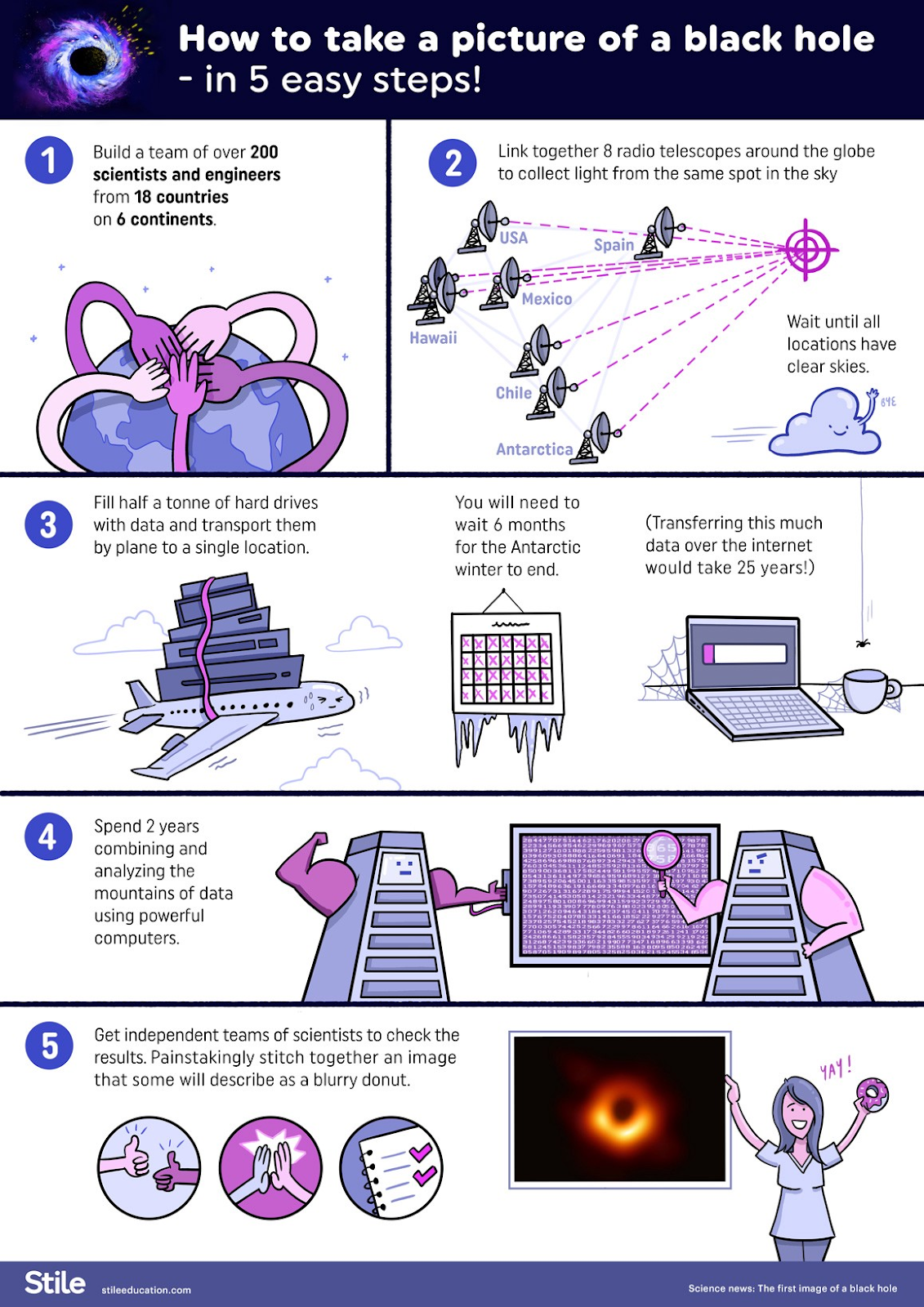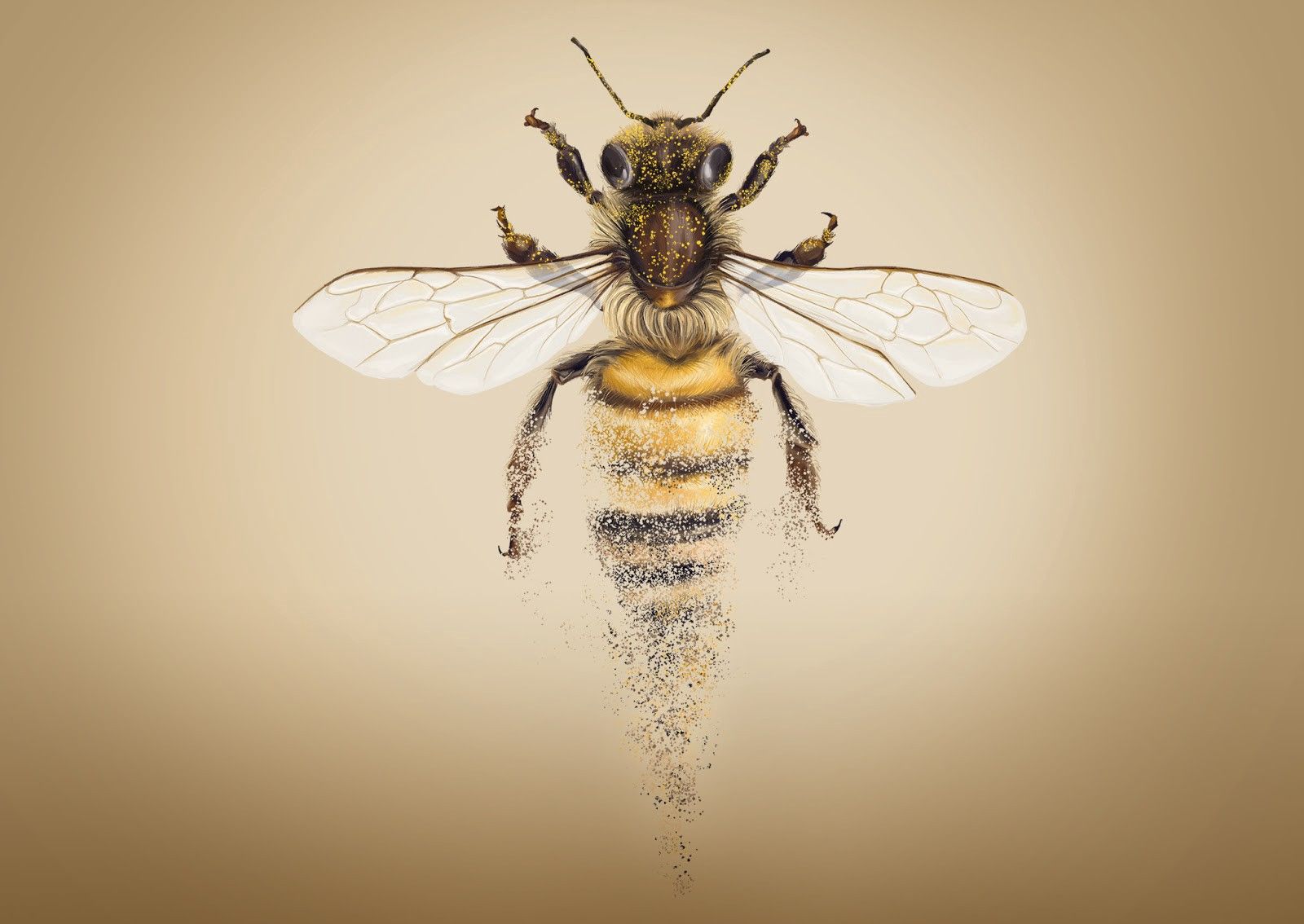Science news and the art of science; relevant, engaging, important science education

Stile’s mission is to make science interesting and accessible but still challenging for every student. We aim to do this by creating lessons that contextualise learning with real-world, socio-scientific issues that engage students in science. We want students to leave school with the confidence to tackle tomorrow’s problems and the ability to participate in public discourse around the ethics of scientific issues such as climate change, artificial intelligence or vaccination. This goal is constantly front of mind when designing our lessons. We want to help students to develop the skills required to tackle these issues, whilst also covering the curriculum.
Students’ interest in socio-scientific issues is increasing and so it’s becoming more and more important that these issues are included in science lessons. In December 2019, 628 secondary school teachers who use Stile participated in the inaugural Science Education Report 2020. These teachers from across Australia and New Zealand completed a 30-question survey designed to explore their views on science education and the impact Stile has in the classroom. Of the total respondents, 67% agreed or strongly agreed that students at their school were becoming more interested in social issues that have a scientific element. Furthermore, over 80% of teachers strongly agreed or agreed that Stile helped them engage their students in science.
Whilst students are more engaged in socio-scientific issues, it’s also vital that students can critically analyse what they see and hear. Misinformation and ‘fake news’ are becoming increasingly rife through the media. Concerningly, in the Shaping Sci-Ed 2020 report, 59% of teachers agreed or strongly agreed that students take what they hear in the news on face value. So it’s important that teachers not only educate their students on the latest science news, but also help them develop the skills to critically evaluate media claims.
This is where Stile’s science news lessons come in. We want to provide teachers with rigorous, relevant and engaging lessons that cover current science news and events. Furthermore, these lessons are designed to help students de-tangle and navigate their way through the misinformation and disinformation that is now readily accessible to students.
There are three types of science news lessons;
1. The most newsworthy global events
These are the issues garnering global news and social media coverage that students need to understand. These lessons help ensure that students can critically evaluate media claims and fake news, and debate these issues from an educated standpoint. We recommend spending time on these major global issues regardless of what is being taught in class.
Examples of these science news lessons include: ‘The new coronavirus’, ‘Slowing the spread of COVID-19’, ‘Fire in the Amazon (2019)’ and ‘The Australian bushfires (2020)’.

2. The latest scientific technologies, discoveries and research
Created to keep students up to date with the latest news in the fascinating world of science. They cover everything from recent discoveries to the latest technologies helping humanity. You can use these lessons in a variety of different ways; as a hook into a relevant topic, as a break after a test or after the exam period, at the start or end of term or as a special interest piece to break up your current teaching.
Examples of these science news lessons include: ‘Meet your new organ’, ‘A new plastic-eating enzyme’, ‘The first image of a black hole’, and ‘The scoop on wombat’s cube-shaped poo’.

3. Art of science
Our art of science lessons cover important scientific issues that have inspired one of our in-house artists and we hope they’ll inspire your students too. A piece of art is created around the scientific issue and a lesson aligning to the artwork focuses on the importance of being an informed citizen and using creativity to educate others. To help prompt discussion around the issue, the artwork is showcased on our login screen and as a poster for the classroom. A new profile avatar is also created for both teachers and students. These lessons can be used similar to the previous type of lesson, as a hook into a relevant topic, as a break after a test or after the exam period, at the start or end of term or as a special interest piece to break up your current teaching.
An example of an art of science lesson is ‘Why are bees disappearing?’ — this lesson would fit really nicely when teaching pollination.

If you haven’t already, try one of our science news lessons in your classroom this term! You can find all three of these lesson types in the ‘Science news’ folder within the Stile library and peppered throughout relevant curriculum-aligned units.
We hope these lessons support you in further engaging your students in contextualised, real-world science!1.

